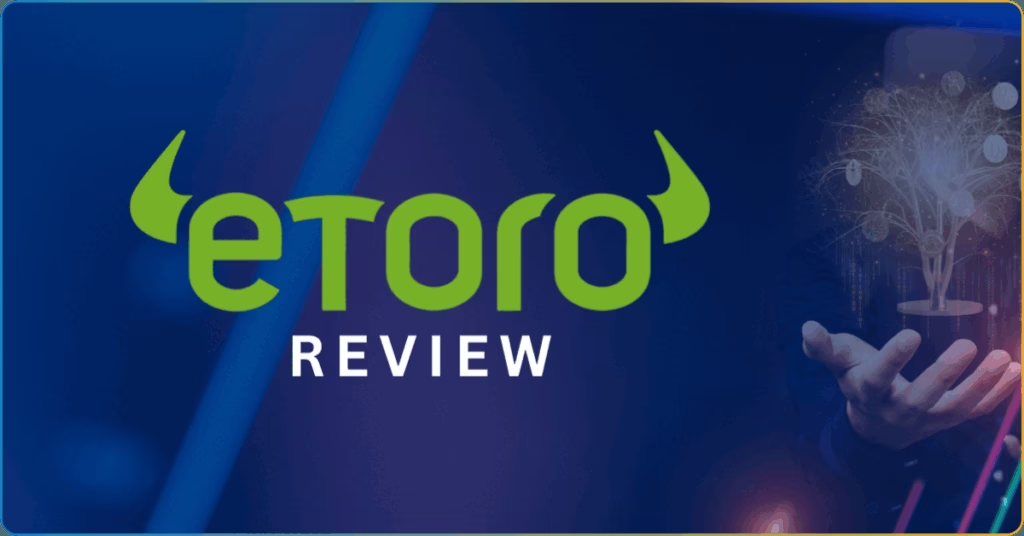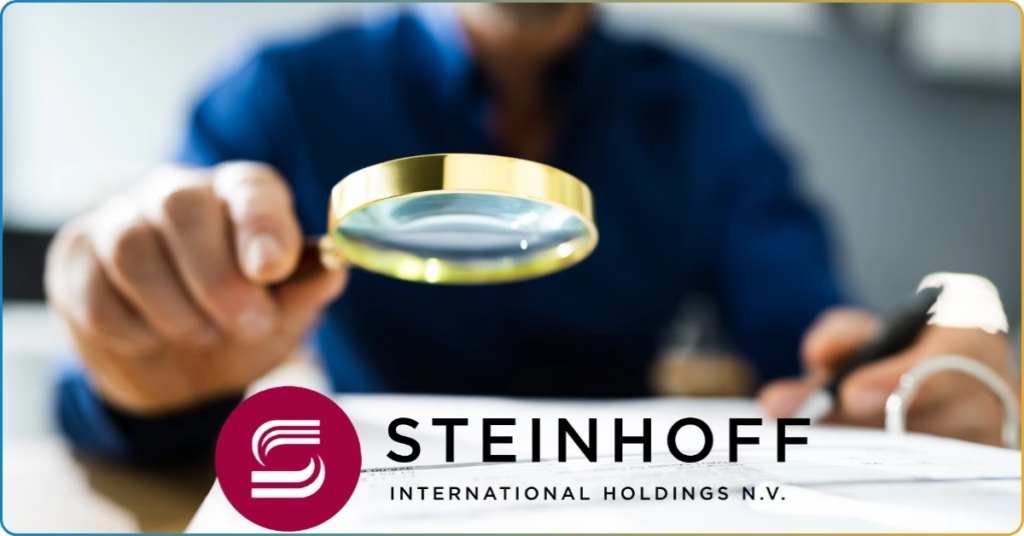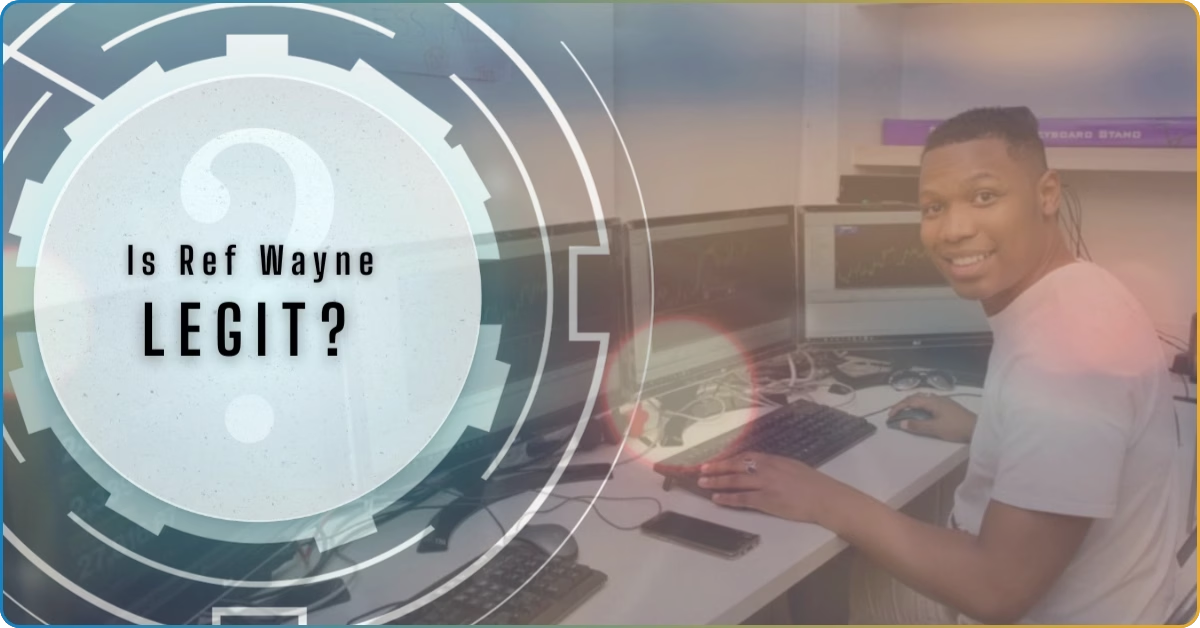Stablecoins have emerged as a critical component of the cryptocurrency ecosystem, offering stability while retaining the benefits of blockchain technology.
They facilitate seamless Peer-to-Peer (P2P) transaction and global financial inclusion to by bridging the gap between traditional finance and decentralized assets.
But are they a viable and profitable investment product? This TRU Insight explores the fundamentals of stablecoins, their different types, advantages, and their relationship with Bitcoin and central banks.
Read on and explore whether you can use stablecoins to grow your investment.
What Are Stablecoins?
Stablecoins are cryptocurrencies designed to maintain a stable value by pegging their price to a reserve asset such as fiat currency, commodities, or other cryptocurrencies.
Unlike volatile digital assets like Bitcoin or Ethereum, stablecoins provide predictability and are often used for everyday transactions, international payments, remittances, and as a hedge against market fluctuations.
Their stability makes them an essential tool in decentralized finance (DeFi), allowing users to store value without exposure to extreme price swings.
Types of Stablecoins
Stablecoins are classified based on how their value is maintained and the collateral backing them. Each category has unique advantages and risks that determine its viability as an investment option.
Fiat-Collateralized Stablecoins
| Tether | USDT |
| USD Coin | USDC |
| Binance USD | BUSD |
Fiat-collateralized stablecoins are backed by reserves of traditional currencies like the US dollar, euro, or yen.
These reserves are typically held in banks or other financial institutions and undergo regular audits to ensure stability and transparency.
Pros
- Highly stable due to direct fiat backing.
- Widely accepted across crypto exchanges and DeFi platforms.
- Regulated issuers provide periodic audits for transparency.
Cons
- Centralized, requiring trust in the issuing entity.
- Regulatory risks and potential government crackdowns.
- Possible lack of transparency in reserve management.
Commodity-Backed Stablecoins
| PAX Gold | PAXG |
| Tether Gold | XAUT |
These stablecoins derive their value from tangible assets such as gold, silver, or oil. They provide an alternative for investors who want exposure to commodities while benefiting from blockchain’s efficiency.
Pros
- Offers exposure to valuable real-world assets.
- Acts as a hedge against inflation and currency devaluation.
- Enables fractional ownership of commodities.
Cons
- Requires physical asset storage and security measures.
- Liquidity can be lower than fiat-backed stablecoins.
- Price fluctuation depends on commodity market dynamics.
Crypto-Collateralized Stablecoins
| DAI | Primarily backed by Ethereum |
| sUSD | Backed by Synthetix Network |
These stablecoins are backed by other cryptocurrencies like Ethereum or Bitcoin, using smart contracts to lock collateral and maintain price stability.
Due to the volatility of underlying crypto assets, they often require over-collateralization.
Pros
- Decentralized, reducing reliance on third-party issuers.
- Transparent and automated through smart contracts.
- Less vulnerable to fiat currency regulations.
Cons
- Over-collateralization can make capital inefficient.
- Vulnerable to crypto market downturns and liquidation risks.
- Complexity in managing and maintaining price pegs.
Algorithmic Stablecoins
| TerraUSD (pre-collapse model) | UST |
| Frax | FRAX |
Algorithmic stablecoins don’t rely on physical collateral but instead use algorithmic mechanism to regulate the coin’s supply and demand.
These protocols dynamically adjust the supply of the token to maintain its price stability.
Pros
- Fully decentralized with no collateral dependency.
- Capital efficient due to the elimination of asset reserves
- Enables a more scalable stablecoin ecosystem
Cons
- Highly risky due to vulnerability to de-pegging.
- Requires strong adoption and trust in algorithmic stability
- Failed use cases (such as TerraUSD) highlight the inherent systematic risks.
Benefits of Stablecoins
Stablecoins offer several advantages that make them appealing for users, investors, and businesses.
Price Stability
Unlike Bitcoin and other volatile cryptocurrencies, stablecoins maintain a predictable value, making them an excellent choice for everyday transactions, savings, and hedging against crypto volatility.
Fast and Low-Cost Transactions
Stablecoins allow near-instantaneous transactions at lower fees than traditional banking systems. This is particularly beneficial for cross-border payments, remittances, and businesses seeking seamless digital transactions.
Financial Inclusion and Global Accessibility
Stablecoins operate on blockchain networks, providing financial services to unbanked populations. They offer a borderless way to store and transfer value, enabling economic participation without the need for a traditional bank account.
Integration with DeFi
Stablecoins serve as a fundamental component of decentralized finance, enabling lending, borrowing, staking, and yield farming.
Many DeFi applications use stablecoins as collateral or liquidity pairs for various financial activities.
Are Bitcoins Stablecoins?
No, Bitcoin is not a stablecoin. Bitcoin is a decentralized, highly volatile digital asset with price movements influenced by supply, demand, institutional adoption, and macroeconomic factors.
In contrast, stablecoins are designed to maintain a stable value through collateralization or algorithmic mechanisms.
While Bitcoin can serve as a store of value or an investment asset, it does not offer the price stability needed for daily transactions like stablecoins do.
Are Stablecoins Backed by Central Banks?
Most stablecoins are issued by private companies or decentralized protocols, meaning they are not directly backed by central banks. However, governments worldwide are exploring Central Bank Digital Currencies (CBDCs), which function similarly to stablecoins but are state-issued and regulated.
Here are the examples of CBDCs that are in preparation phase.
- Digital Yuan (China): A government-backed digital currency launched by the People’s Bank of China.
- Digital Euro (European Union): The European Central Bank is testing a digital version of the euro.
- FedNow (U.S. Federal Reserve initiative): A fast payment system that could pave the way for a U.S. CBDC.
While CBDCs and stablecoins share similarities, CBDCs operate under government control, whereas stablecoins are privately managed. This distinction affects their regulatory environment, use cases, and potential risks.
Conclusion
Stablecoins play a crucial role in the cryptocurrency ecosystem, bridging the gap between volatile digital assets and traditional financial systems.
While they may not offer the high investment returns of Bitcoin or altcoins, they provide price stability, global accessibility, and integration into DeFi markets. Before investing in stablecoins, it’s essential to consider their type, collateralization method, regulatory risks, and long-term sustainability.
Whether used for payments, trading, or financial security, stablecoins continue to shape the future of digital finance.

















